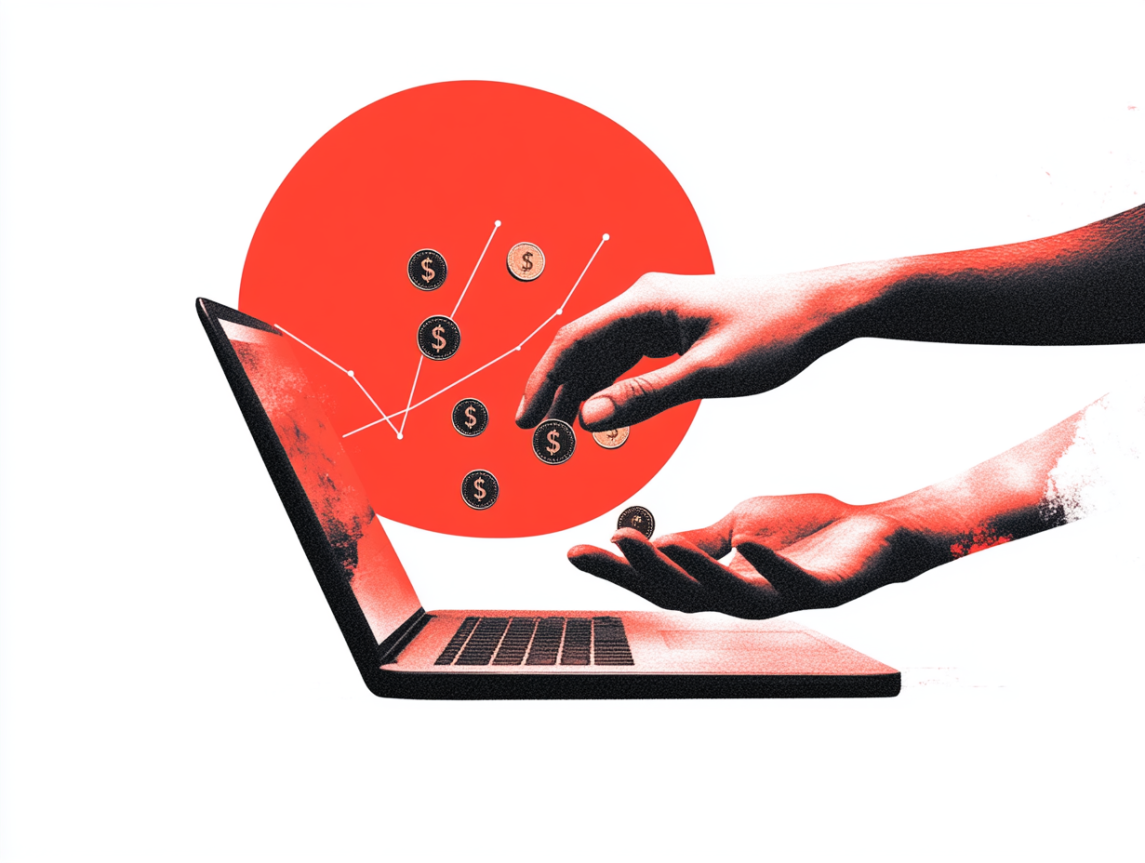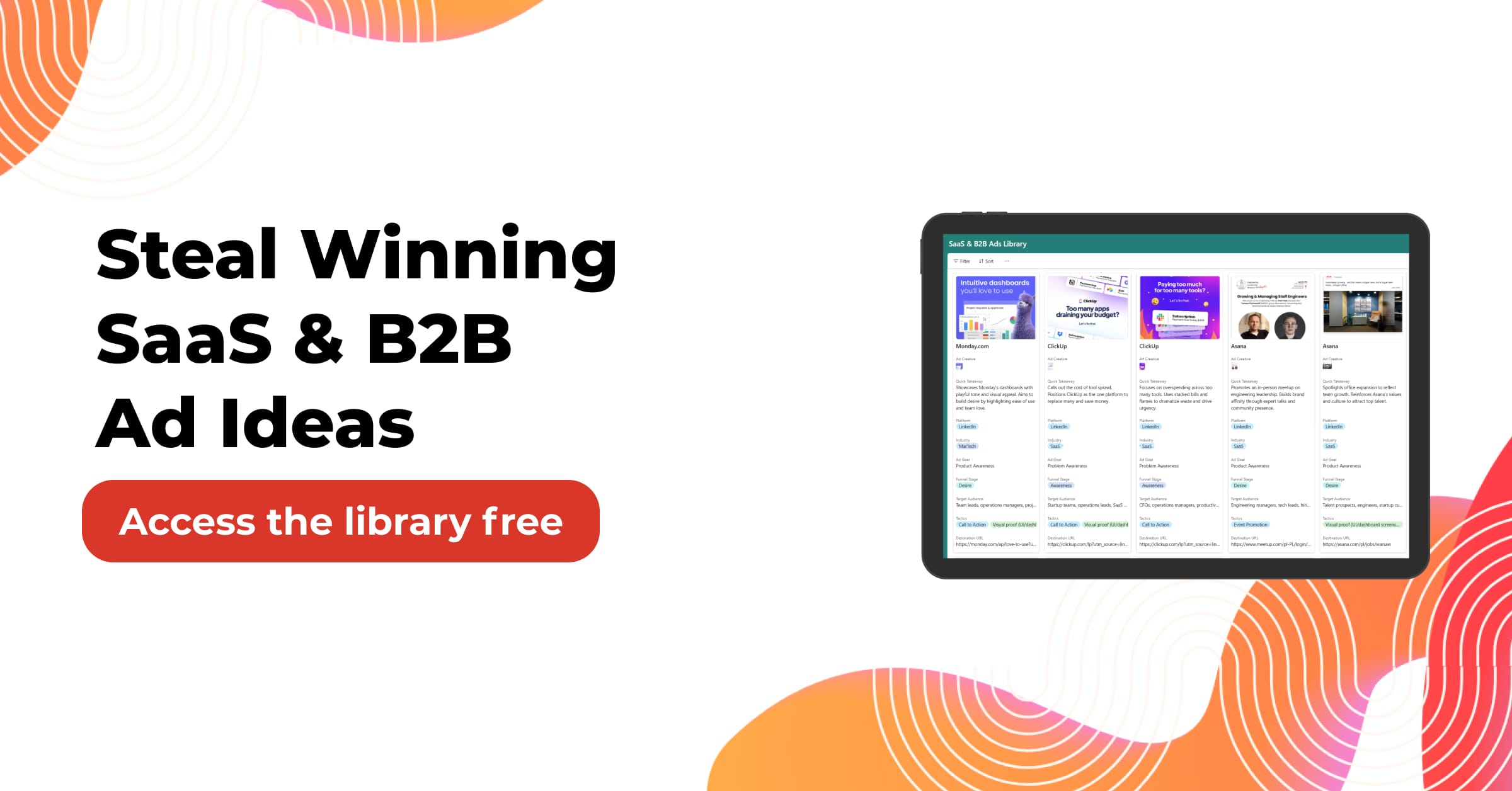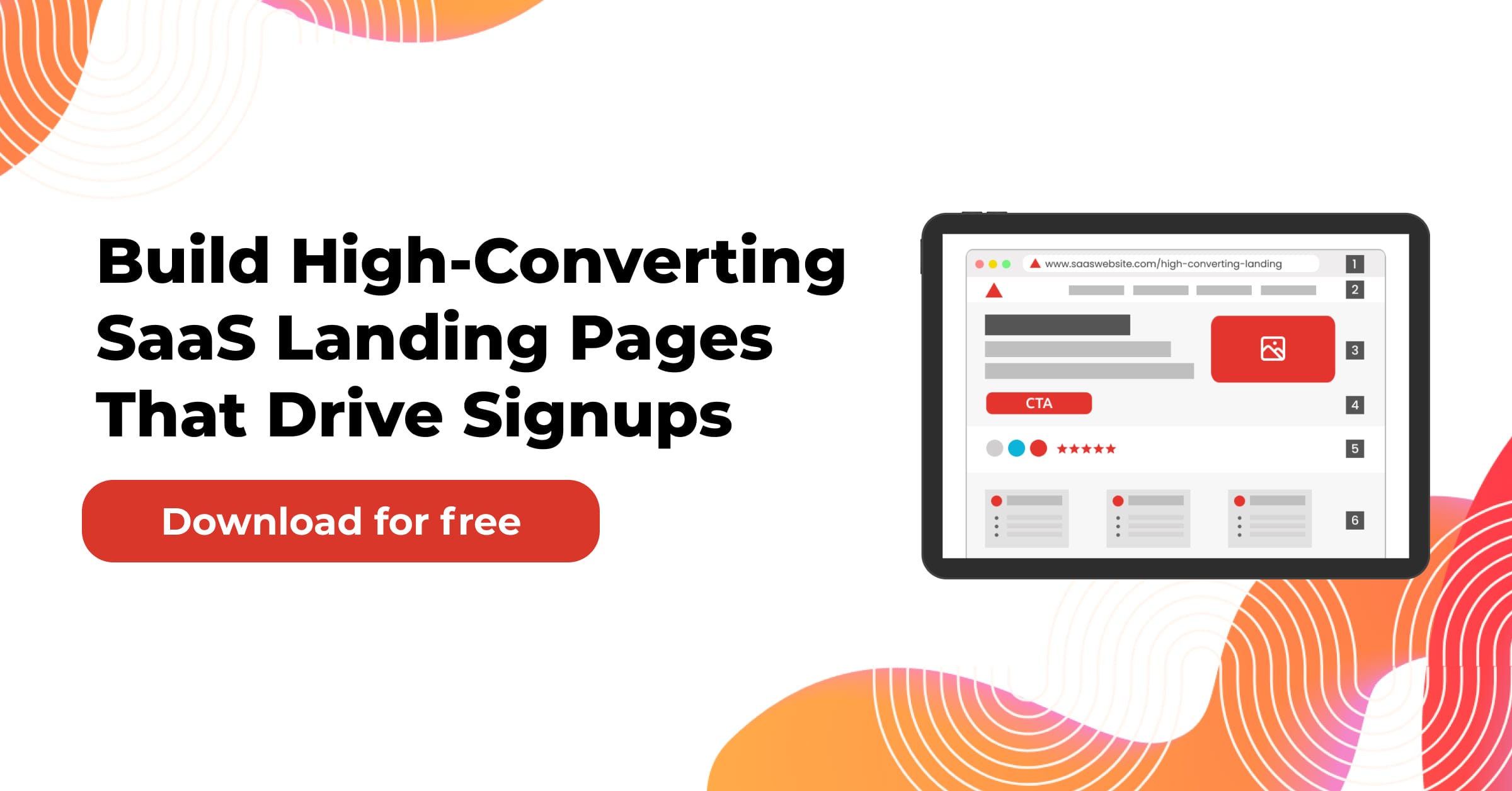There’s a reason everyone in SaaS is talking about Generative AI. And no, it’s not just hype.
Table of Contents
Is Generative AI Just a Buzzword, Or the Future of SaaS?
From how products are designed to how users interact with them, Generative AI is changing the rules. Instead of software being a tool you click around in, it’s becoming something you talk to, get suggestions from, and even co-create with.
This shift isn’t subtle, it’s foundational. And it’s not just about making things smarter. It’s about making software more human.
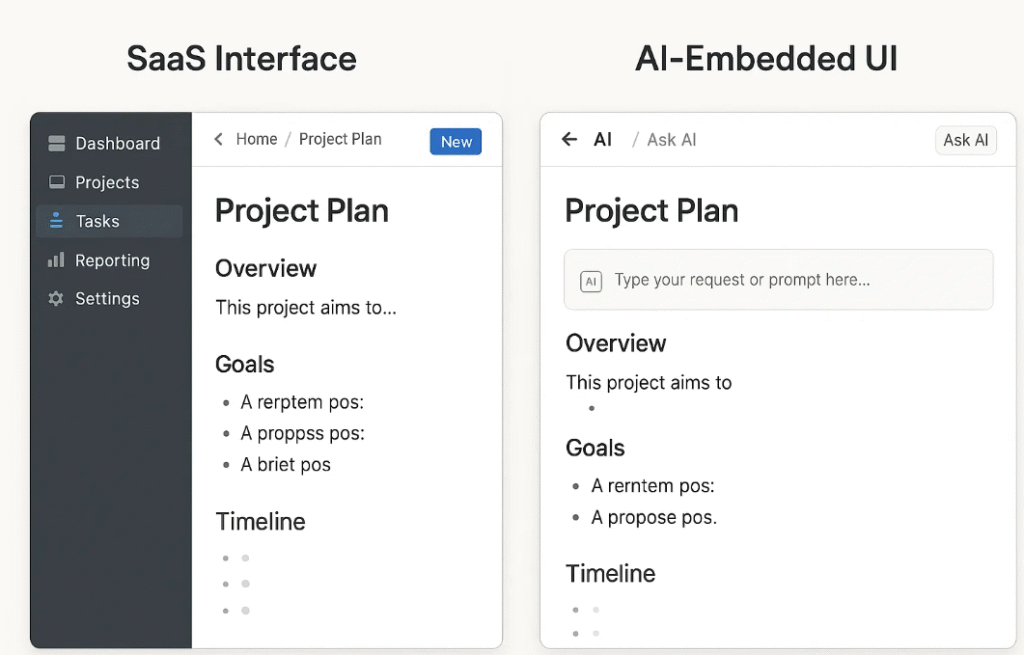
What Makes Generative AI Different?
Traditional SaaS automation is rule-based. You input data, it follows instructions.
Generative AI, on the other hand, creates. It writes, draws, solves, predicts, and adapts based on context.
Instead of waiting for a button click, the tool now predicts what you’re about to do and helps you do it faster. It can write product descriptions, translate content, or summarize your last customer call, without needing to ask twice.
This is a shift from tool to collaborator. The software doesn’t just react, it thinks with you.
How Are SaaS Tools Embedding Generative AI?
It’s not just about plugging ChatGPT into your product.
The best SaaS tools are rethinking core experiences. For example, Jasper lets marketers generate entire blog outlines from a single prompt. Intercom now lets users hand off support to a bot that knows the company’s product and tone of voice. Even HubSpot has introduced AI content assistants for emails and follow-ups.
Generative AI is emerging within core product flows, not just as a pop-up assistant. It’s making the product feel like a teammate.
Can Generative AI Improve User Experience?
Yes—and it already is.
Products are more intuitive. Workflows are smoother. Onboarding is faster. And decision-making is easier.
Instead of hunting through help docs or buried settings, users can now ask their tool what to do. A task management app can draft your weekly plan. A CRM can auto-write a follow-up email. A data tool can answer questions in plain English.
The AI doesn’t just help—it reduces friction. And that alone is a game changer.
What Does an AI-First SaaS Stack Look Like
| Feature | Old Way | AI-Enhanced |
|---|---|---|
| Onboarding | Static tutorials | Personalized, prompt-based flows |
| Customer Support | Scripted bots | Adaptive AI agents |
| Analytics | Pre-set dashboards | Conversational data summaries |
| Content | Templates & manual | AI-generated assets |
| UI | Clickable menus | Chat-based interaction |
This shift is about rewriting the default behavior of software, from passive to proactive.
What’s the ROI for SaaS Founders?
Time savings, lower support costs, and faster feature cycles are the obvious gains.
But the hidden ROI lies in user delight.
When users say, “Wow, I didn’t expect that,” they come back.
Founders integrating Generative AI are seeing higher activation rates, reduced churn, and faster word-of-mouth growth. Why? Because when a product feels like it gets you, it becomes sticky.
Does Generative AI Replace Static Interfaces?
In many cases, yes.
Instead of dozens of options, users want a single input box that understands them. It’s not about removing control—it’s about collapsing complexity.
A static SaaS UI assumes users know what they want. A generative UI helps them figure it out.
This is a new layer of product design—one where the interface is conversation.
Are Teams Using AI to Replace People?
Not really.
AI isn’t about headcount reduction—it’s about capability extension.
A single marketer with AI can run campaigns at the scale of a team. A product manager can instantly turn call transcripts into actionable items. Support teams can handle surges without burnout.
When paired right, AI makes humans more powerful, not obsolete.
What Are the New Challenges with Generative AI?
Generative AI introduces new variables: hallucinations, privacy concerns, over-reliance, and bias.
That’s why leading SaaS teams are building with safeguards. They’re adding audit logs, offering preview modes, and allowing users to edit AI suggestions before finalization.
Transparency, not perfection, is the goal.
As with any new tech, trust is earned through clarity.
Which SaaS Categories Are Moving Fastest?
Support. Sales. Content. Collaboration. Analytics.
Each of these categories had friction points that Generative AI naturally solves.
- Intercom now resolves 50% of tickets using bots
- Jasper is writing millions of words every day for marketers
- Notion AI turns messy meeting notes into polished summaries
Even accounting platforms like Pilot are using AI to clean data and catch anomalies before human sees them.
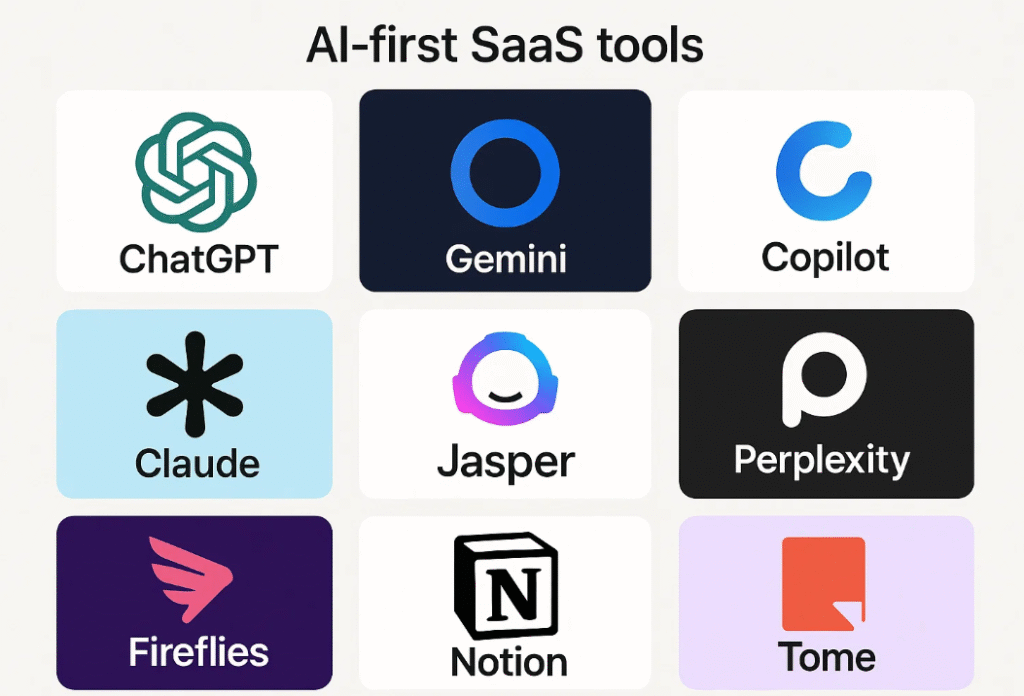
Is This a Trend or a Paradigm Shift?
This isn’t a feature wave. It’s a platform shift.
Just like cloud redefined software delivery, Generative AI is redefining user interaction.
The SaaS products of tomorrow won’t win because of features—they’ll win because of flow.
AI-first SaaS is not about having an AI tab. It’s about rethinking the product from the ground up.
How Should Founders Start?
You don’t need a full ML team.
Use OpenAI or Claude APIs. Start with one use case: summaries, suggestions, email generation, etc.
Make it useful. Make it fast. Make it optional at first.
Then iterate based on usage, feedback, and outcomes. Not everything needs to be automated. But the things that are repetitive, predictable, or language-driven—those are great starting points.
Why AI UX Is Now Core Product Strategy
Adding AI is easy. Designing for it is hard.
Should you let users talk to AI like a chatbot? Should you auto-generate things or just suggest them? How much control is too much?
These aren’t engineering questions. They’re product questions.
UX teams now need to understand prompt design, fallback flows, and error handling when AI is wrong.
That means product teams need new skills. New instincts. And a whole new set of metrics.
The Cost of Not Adapting
While some SaaS companies are riding the AI wave, others are getting left behind.
In crowded categories like CRM, project management, or email marketing, if your product doesn’t offer AI speed, users will find one that does.
Just like users once expected cloud access or mobile apps, they’ll now expect AI assistance.
And if they don’t get it? They’ll churn.
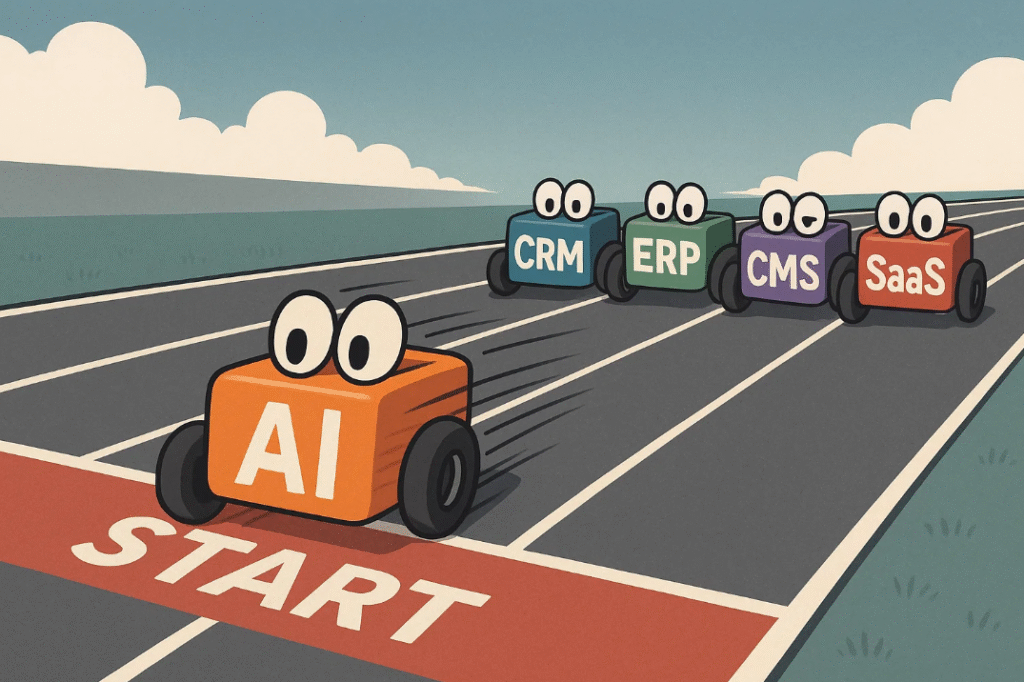
Case Study – Notion’s Quiet Reinvention
Notion was already a popular note-taking and wiki tool. But when they launched Notion AI, they added something most productivity tools lacked: velocity.
Users could summarize pages, draft content, rewrite messy notes, and even brainstorm ideas, all inside their existing workflow.
They didn’t change the interface. They changed the feeling.
And that’s the true power of Generative AI: It doesn’t always need a new product. Just a smarter one.
What’s Next for AI in SaaS?
We’re just getting started.
Here’s what’s coming:
- Multimodal Interfaces: Voice + visual + text
- Auto-configuration: No more setup wizards, products configure themselves
- Predictive UI: Interfaces that evolve based on usage
- Cross-tool cognition: AI that understands what you’re doing across tools (e.g., ClickUp + Slack + Notion)
Eventually, we won’t be talking about “AI features.” We’ll be talking about SaaS tools that just feel… intelligent.
How Generative AI Is Changing Pricing Models in SaaS
One unexpected ripple effect of Generative AI is how it’s reshaping SaaS pricing itself.
In the past, pricing was often usage-based: number of users, seats, API calls. But with AI doing more of the heavy lifting, the value isn’t in how much the user uses, it’s in how much the AI helps them accomplish.
That means pricing is shifting toward outcomes.
A content platform might now charge per AI-generated asset, not per user. A CRM might be priced based on leads generated by the AI assistant, not just the database size. We’re moving into performance-based SaaS, where AI isn’t just a feature, it’s part of what customers are paying for.
Internal Use of Generative AI by SaaS Companies
It’s not just the product that’s evolving. SaaS companies are using Generative AI internally to streamline operations.
In customer support, AI summarizes and categorizes incoming tickets for faster triage. In marketing, teams are using AI to write email sequences, ad headlines, and SEO-friendly blog drafts. Engineering teams are using it to review pull requests, auto-generate documentation, and write test cases.
This internal productivity boost means smaller teams can now do the work of much larger ones.
Companies like Zapier have entire AI pipelines helping their content teams generate ideas, outline posts, and even repurpose long-form content across channels. It’s not about replacing humans—it’s about reducing grunt work so teams can focus on strategic moves.
How AI Changes User Expectations Forever
Here’s the part most companies miss: once a user experiences a smoother, faster, AI-enhanced workflow, they won’t go back.
If you’ve used Notion AI to summarize your notes, doing it manually feels tedious. If Grammarly catches your tone before sending an email, you won’t want to send one without it. These shifts are sticky.
This means users are beginning to expect AI. It’s becoming the new baseline for UX in SaaS.
Just like mobile access became table stakes in 2015, AI assistance is becoming table stakes in 2025.
Products that don’t offer intelligent help will feel clunky, even if they’re feature-rich.
Related Article: https://www.adlabz.co/is-vertical-saas-the-end-of-generalist-platforms
Framework for Adding Generative AI to Your SaaS Product
If you’re unsure where to begin, use this simple 3-stage framework:
Stage 1: Assist
Start with non-critical areas. Let AI offer suggestions—copy tweaks, summaries, auto-fills. Always let the user accept or edit the output.
Examples:
- Blog intro suggestions
- Smart filters
- Draft replies
Stage 2: Automate
Once users trust it, expand into automation. Let AI take action on behalf of users (with approval).
Examples:
- Auto-sending follow-up emails
- Ticket tagging and routing
- Auto-generating reports
Stage 3: Anticipate
This is the final stage—true product intelligence. Your SaaS proactively helps users do what they didn’t even know they needed.
Examples:
- “We noticed your leads dropped in the Midwest—should we create a regional campaign?”
- “You haven’t followed up with these clients in 14 days—want us to send a check-in?”
This model lets you build trust first, then scale impact.
What SaaS Founders Should Watch Closely in 2025
As Generative AI matures, here’s what to keep an eye on:
- Regulation: Governments are moving toward AI transparency laws. SaaS tools will need to show when content is AI-generated.
- Model Providers: OpenAI, Anthropic, Google, Meta—they’re all evolving. Switching costs could be high. Plan flexibility into your stack.
- Prompt Engineering as Product Design: Your prompts are the experience. How you frame them directly shapes output quality.
- LLM Costs: Hosting custom models is expensive. API costs can balloon fast. Be smart about where real value justifies AI use.
Final Thoughts: Building SaaS in the Generative Era
This isn’t a passing wave. It’s a sea change.
The best SaaS companies will treat Generative AI like electricity: invisible but everywhere, powering everything.
But building with AI is not just about tools—it’s about trust. Users will lean on your product more than ever. They’ll expect it to understand them. And when it does, they’ll stick around.
So ask yourself: Where are users stuck? Where is your team repeating work? Where could intelligence reduce friction?
That’s where you start.
Because in the age of AI, software doesn’t just solve problems. It anticipates them.
You might also be interested:


